So what’s the deal with Blue Cheese Dressing? I wasn’t sure, either, so I Googled. Here’s the distilled version:
Best as culinary historians can tell, the earliest mention of a blue cheese salad dressing was in the Edgewater Beach Hotel Salad Book, published in 1928. The Edgewater resort was in Chicago on the Lake Michigan shore. Before that we don’t really know much. Roquefort cheese itself has been produced in what is now France since before the Roman occupation of Gaul. We know that because Pliny the Elder was very complimentary of it.
The name “Roquefort” became proprietary by the early 15th century, and after that–legally at least–other French blue-veined cheeses went by different names. Surely the famous Francophile Thomas Jefferson knew Roquefort and other French blue cheeses, and it’s hard to imagine he didn’t serve them at Monticello at some point. Jefferson entertained lavishly at home and regularly imported foods from France and Italy to serve to guests. In any case, blue cheese itself was well known all over the United States by the middle of the 19th century.
Historians are fairly certain that Blue Cheese (or Roquefort) Dressing didn’t evolve in France. When the French refer to salad dressing, they have always meant vinaigrette. England is also known for blue-veined cheeses made with cow’s milk, but, like the French, the English typically don’t eat thick salad dressings. We don’t know when salads and blue cheese got together prior to 1928, but we do know that American restaurants far and wide were serving wedge salads with Blue Cheese Dressing and bacon by the 1950s. We also know that when Buffalo wings made their debut in 1964 at the Anchor Bar in Buffalo, New York, Teressa Bellissimo famously served them with Blue Cheese Dressing for dunking.
Maybe the thick, creamy, tangy Blue Cheese Dressing we know and love is an American invention? No one knows for sure. Blue Cheese Dressing is ubiquitous in American steakhouses and on salad bars, and it’s iceberg lettuce’s very best friend. The Princess OG and I especially adore Blue Cheese Dressing, and we use it as both a dressing and a dip. I’ve been making the recipe below for years, I’ve served it loads of times, and it’s our favorite because it’s perfect. I have a quick word or two about ingredients. (Who would’ve guessed?!)
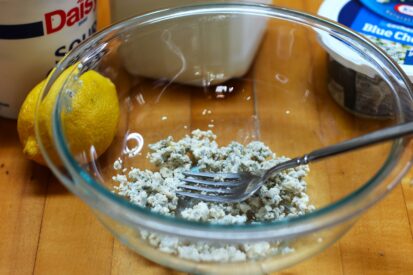
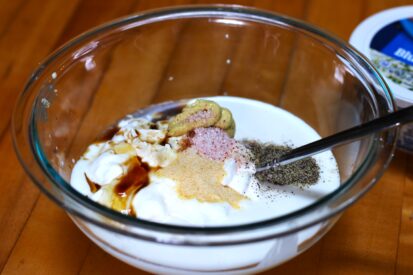
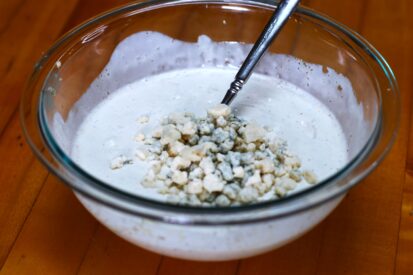
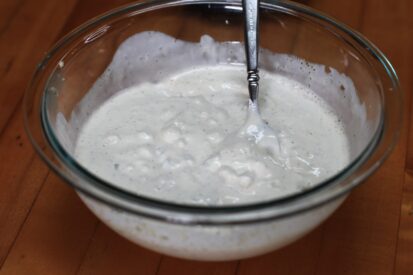
Blue cheese: I don’t use Maytag blue cheese, or Stilton, or any other premium blue cheese for dressing. Those are for special cheese plates and such. Right now I have Kraft™ Blue Cheese Crumbles in my cheese drawer, and I’ll be using that for dressing with impunity.
Buttermilk: Use cultured full-fat buttermilk for the best results.
You’ll never go back to the bottled stuff! (Sorry, not sorry!)
Cheers!
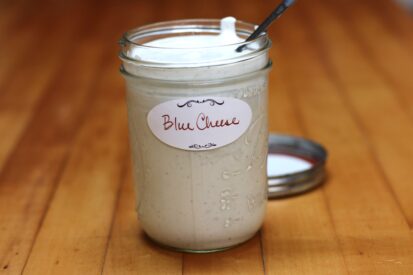
Blue Cheese Dressing
Ingredients
- 4 oz. crumbled blue cheese, divided
- 1 cup sour cream
- ½ cup full-fat buttermilk
- 1 t. Worcestershire sauce
- 2 t. lemon juice
- ¼ t. garlic powder
- ½ t. each salt and pepper
Instructions
- Add half the blue cheese to a mixing bowl, and mash with the back of a fork.
- Add the sour cream, buttermilk, Worcestershire sauce, lemon juice, garlic powder, salt and pepper. Stir to combine.
- Fold in the rest of the crumbled blue cheese. Refrigerate 2 hours to allow flavors to meld.

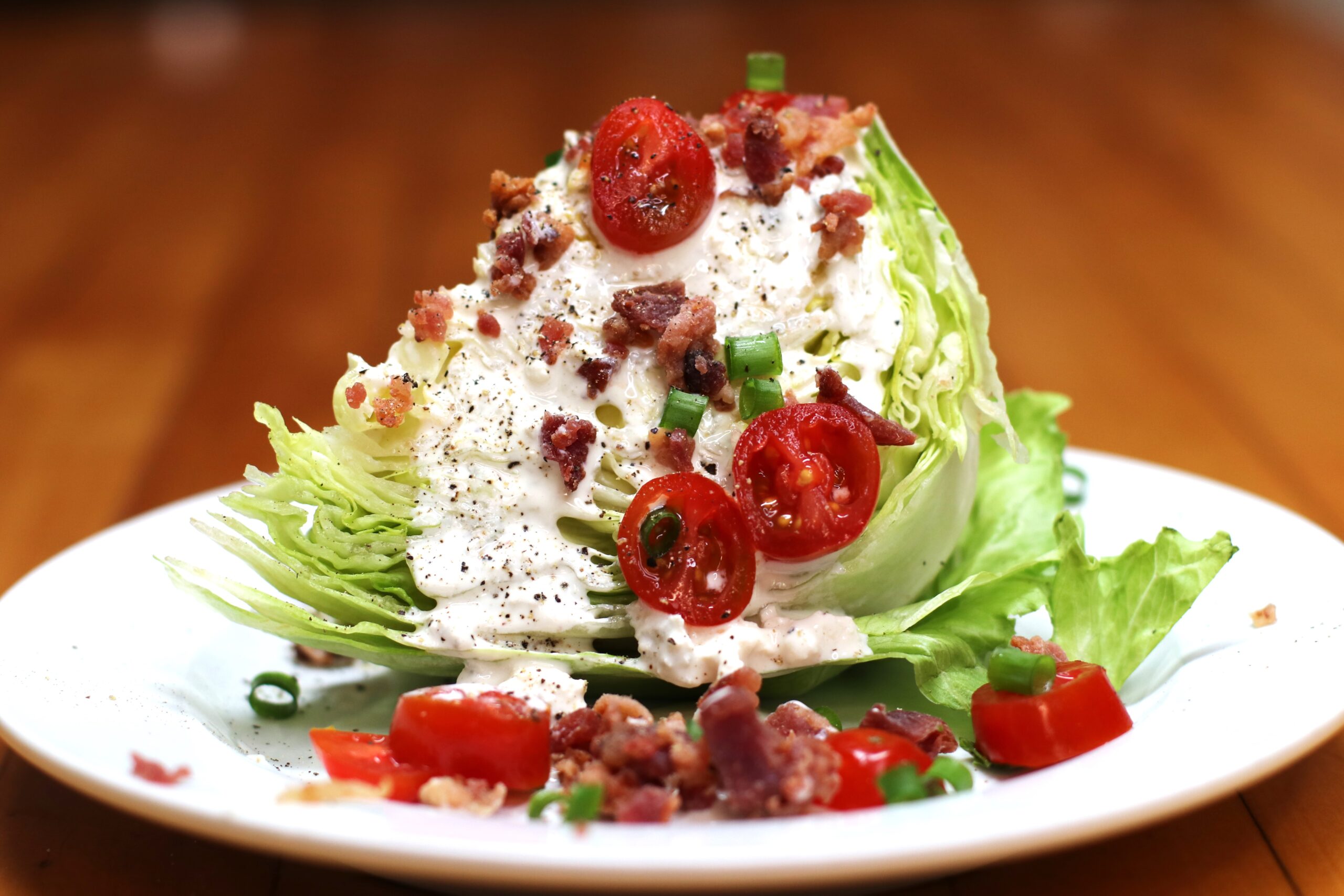











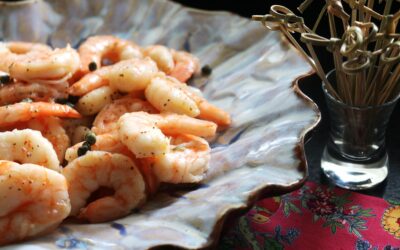

How long does this keep?
If everything is fresh when you make it, it should be good for a week to 10 days.
I just printed this to stick in my “favorites” cookbook. Whenever I’ve tried to make Blue Cheese Dressing, it always turned out to thin – this looks like the answer! Thanks.
You can always adjust the sour cream and buttermilk if you need to.
I am so sorry you never liked mayonnaise. I use a really good mayonnaise, Sir Kensington’s Classic Mayonnaise, instead of sour cream or sometimes just a spoonful or two of sour cream, then some mayonnaise in my Blue Cheese Dressing. I find the flavor better with wings and carrots and celery. Yum!!
Signed… Your Mother!!!!
LOL! Do you use buttermilk or cream, or anything to thin it down a bit? (Y’all pay attention. My mom is giving us a recipe!)
Yes i use buttermilk , mayonnaise and maybe a small spoonful or two of sour cream, but not always. I use the other listed ingredients and a dash of onion powder and dried parsley.